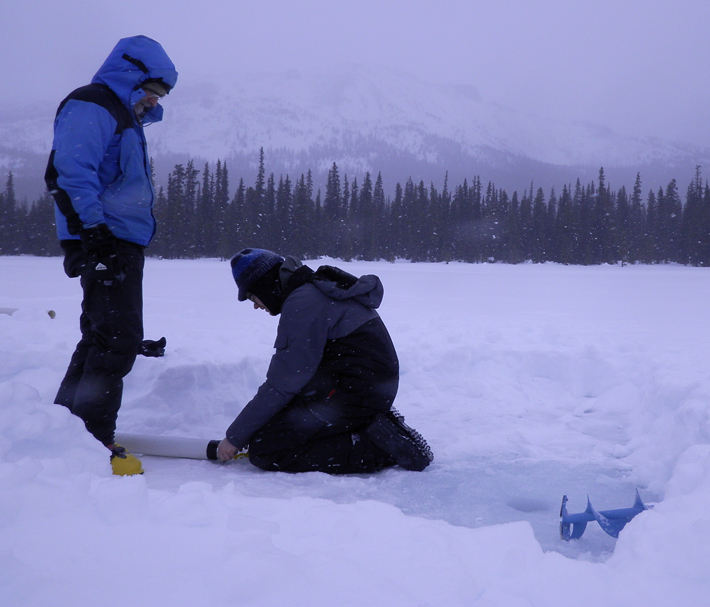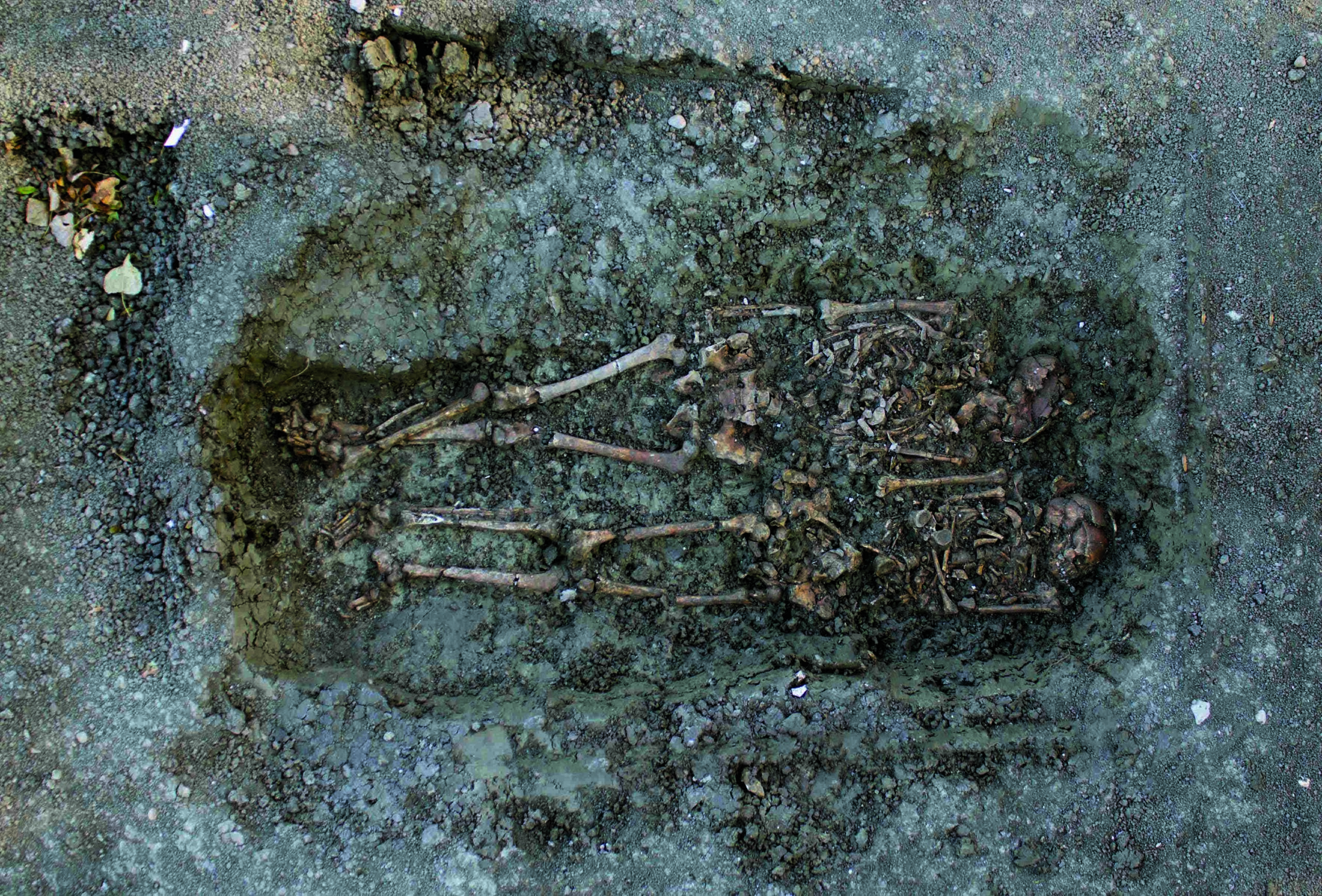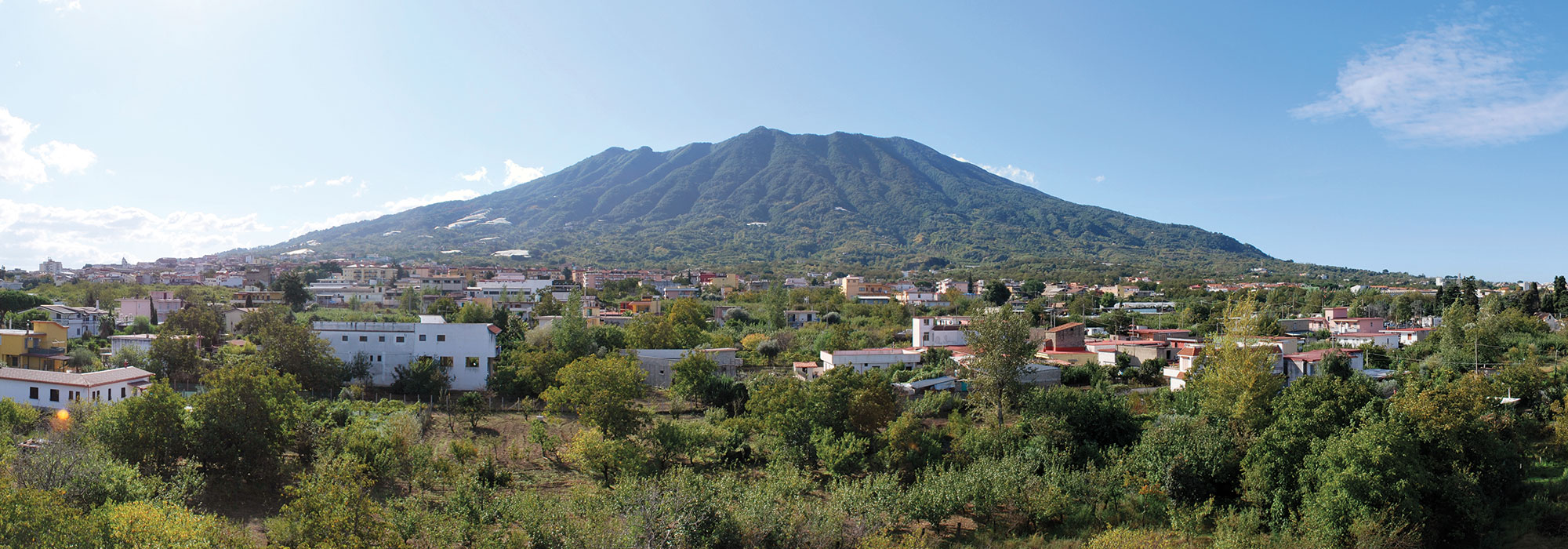WASHINGTON, D.C.—According to a Science Magazine report, molecular biologist Marina Ascunce and an international team of colleagues suggest that genetic analysis of head lice (Pediculus humanus capitis) could be used to track contact between human groups, even when the encounters did not produce human offspring. The researchers sequenced the DNA of 247 lice from around the world, and singled out short, repetitive segments of genetic material. These segments allowed the team members to sort the insects into closely related families. Ascunce said that a genetic link detected between lice in Asia and Central America reflects the migration of people from East Asia into the Americas. Similarities in another group link lice from the Americas and Europe, she added. The rate of mutations in their DNA indicates that the two groups of insects mixed some 500 years ago, about the time of the European colonization of the Americas, Ascunce explained. “I see this as a proof of concept that human lice are good markers for human evolution and migration,” she said. “We can see the louse DNA reflected in our own history.” Read the original scholarly article about this research in PLOS ONE. To read about a 3,700-year-old ivory comb with an inscribed sentence about rooting out lice from the hair, go to "L is for Lice."
DNA Study Tracks Migration of Head Lice
News November 9, 2023
SHARE:
Recommended Articles
Digs & Discoveries November/December 2016
Coast over Corridor

(Courtesy Mikkel Winther Pedersen, Centre for GeoGenetics, Natural History Museum of Denmark, University of Copenhagen)
Digs & Discoveries November/December 2025
The Egyptian Sequence

Garstang Museum of Archaeology, University of Liverpool

(AdobeStock)
Digs & Discoveries March/April 2023
Closely Knit

(Courtesy Sharon Clough/Cotswold Archaeology)
-
Features September/October 2023
Ukraine's Lost Capital
In 1708, Peter the Great destroyed Baturyn, a bastion of Cossack independence and culture
 (Leonid Andronov/Alamy Stock Photo)
(Leonid Andronov/Alamy Stock Photo) -
Letter from Vesuvius September/October 2023
Digging on the Dark Side of the Volcano
Survivors of the infamous disaster rebuilt their lives on the ashes of the a.d. 79 eruption
 (Courtesy Girolamo Ferdinando De Simone)
(Courtesy Girolamo Ferdinando De Simone) -
Artifacts September/October 2023
Padlock
 (Courtesy James Davidson)
(Courtesy James Davidson) -
Digs & Discoveries September/October 2023
Nose to Tail
 (Lisa See collection. The Huntington Library, San Marino, California)
(Lisa See collection. The Huntington Library, San Marino, California)


